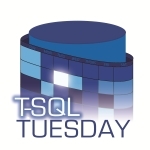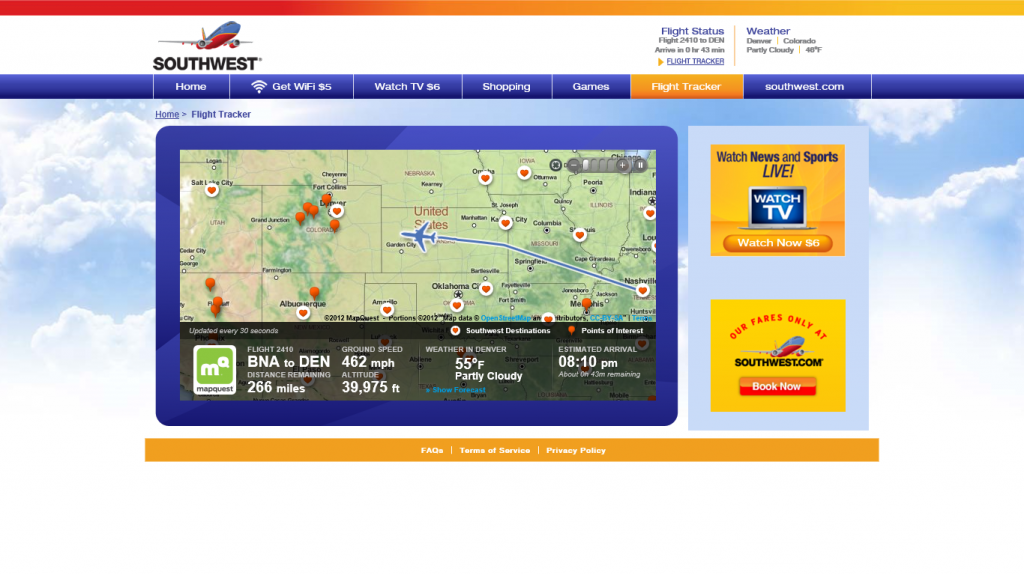
T-SQL Tuesday #36: How rad is Community? Rad enough for me to say “rad.”
I hate doing this, but I’m throwing this post together at the last second, as with PASS Summit going on last week, I completely spaced that this was T-SQL Tuesday Week. I blame the fact that I dropped my #TSQL2sDay search column out of TweetDeck last week, but that wouldn’t even have helped, because I spent most of my time on the Surface, but that’s a different story/post altogether. Community is something pretty important to me, so I’m here trying to get this out the door by the deadline (I failed, see below).
T-SQL Tuesday #36 is being hosted by Chris Yates (blog | @YatesSQL), who chose this Community-related topic this month. It’s pretty fitting, considering a good chunk of us have just gotten back from PASS Summit in sunny (yes, really) Seattle this past weekend, where there’s a lot of “community” going on.
Hard to Avoid a Summit Story
Having been one of those that just returned from Summit on Sunday, it’s pretty hard for me to think about this without thinking about last week. I had a couple different things I wanted to say, but I’ve settled on the following, about being a and helping Summit FirstTimers.
Last year at Summit was our first time there. We’ve both been to a fair number of Tech conferences, so it wasn’t all a new experience for us. This, combined with the fact that we already “Twitter Knew” a fair chunk of people, led us to not opt-in to the organized First Timers networking event (I’m sorry, Tom). Even with the fog machine, rock music intro the FirstTimers had heading into 6ABCD (which was pretty bad-ass), we were OK with this.
We’ve learned a lot about our Community since our first Summit, only a year ago.
This year, Tammy signed up to be an Alumni Mentor for FirstTimers. I was added as kind of an “unofficial” mentor to help her out, instead of having a group of my own, because, when you get right down to it, I’m a huge pansy. I was going to be OK just being there, but not being a mentor myself. That’s scary!

Groups on our sign. My rogue group became 57A.
As it turned out, there were a lot more people show up to the FirstTimers networking event than expected. I was standing there with our group’s (and two others’) sign, directing people which table to sit at, depending on which group they were in. At one point, Buck Woody, the guy with the microphone, and therefore the most powerful person in the room (turns out Buck Woody with a microphone is the best, but scariest thing ever), just told everyone to sit down anywhere, because it was taking too long to get everyone in. Next thing I knew, the previously-empty table I was standing next to was full of eager first-timers, along with Tammy’s table, and the other two groups on our sign.
Ohhhhhhhhcrap, I now have my own group of FirstTimers!!!
I had to get over being a pansy real fast. It did help by leading off by telling everyone sitting at my table that I guarantee I was the most scared person siting there. The time we had to sit there and listen to speakers and talk amongst ourselves actually went pretty fast. My group didn’t talk amongst themselves quite as much as I maybe would have liked, but they did have some questions about the conference, which I could answer and help out with. Plus, my head didn’t explode!
Where am I going with this? To me, “SQL Community” is sitting and talking face-to-face with people I’ve never met before…even though doing that scares the living crap out of me. After this experience, I’m sorry that we didn’t do the FirstTimers event last year. I’m going to make up for that in the future, though, by going ahead and volunteering to be a mentor of my own FirstTimers group in future years.
Timezone Fail
Bonus section!
Soooo, this post is late. I forgot that we’re GMT –6 now, because we’ve gone back to Central Standard Time. When I started writing this, I was shooting for 7:00p local. Then, at about 5:59, I realize the truth. Even then, this machine is showing 7:03, so I still failed.
And I’m the guy always crabbing about people saying “EST” when they really mean “EDT” 🙁











